 Photo by Andy Orin on Unsplash Photo by Andy Orin on Unsplash
If With our current stay at home orders I know that many of you have embraced virtual face-to-face gatherings with open arms, and others may be unsure how to get started. I definitely have jumped in to keep in touch and reach out to friends, family and my clients in these uncertain and isolated times. If you are curious or unsure of how to get started here is what you need know.
You will need a device with a camera and microphone. You can use your phone, tablet and/or your desktop. The next step is to set up or install whatever application you will use to communicate. There are many video applications you can choose a few of which are Google Hangouts, Messenger and ZOOM. I use ZOOM for family get togethers, webinars, and for dog training and behavior consultations for my clients. Once you have things set up you can attend or schedule meetings. For example, when I set up a consult or meeting I send out an invitation to whoever I want to connect with, then at the appointed time they click a link which can be sent electronically in a variety of ways (I primarily use text or email). Once the link is clicked ZOOM will open and the host will begin the meeting or other gathering. For more on How to join a meeting using ZOOM and How to download ZOOM. I hope you give it a try if you are holding back, and if you are already using online face-to-face technology that you reach out to others and get them connected too. Check this out for more details on ZOOM I am very excited about how effective this interactive technology is for working with cats, dogs and their people. It is perfect for my work as we can set up cameras to assess behavior, provide real time feedback, and teach technical training skills right in our homes. I hope these tips can get you started connecting with loved ones, friends and services you need while you are sheltering in place! If you are interested in my upcoming webinars on handling your dog and better vet visits sign up now.
0 Comments
As a professional who works with people and dogs for a living I often recommend crate training. I talk to clients about the importance of teaching their dogs to love their crate. I mention that if the dogs love their crate then travel is easier and safer, and that if Fido loves their crate they will readily enter and relax when you need them to. I say, “If they love their crate it can be a safe spot to go when things get too hectic around the house”. Many times I then walk them through the steps of getting dogs used to their crates, and problem solve with them along the way to achieve the end goal—dog is happy in crate and for the most part can enter, relax and travel in crates when needed. Even though crate training is part of my work and I espouse its virtues, my own dog Bella had never even been near a crate until a few months ago. That is my dirty little secret. This changed when my husband and I decided relocate to Big Island in Hawaii. There was no way to get her here without a plane and a crate. The prospect of putting my dog in a on a plane and trusting that she would get there safely was just about too much, but would never leave her behind. So, that meant getting her ready to travel. As the reality of the need for crate training hit me, I mused about why I had not worked on crate training Bella earlier in her life. Sure would have been easier! For many dogs crate training only takes a few days or few weeks, but for Bella it took about 2.5 months. It was not always easy, but we did it and we made it safely to our new home. My experience with Bella really reinforced how important it is to crate train your dog or puppy early because you never know when it will come in handy. So, with this recent life experienc in mind, I designed a seminar to teach others the skills needed to crate train dogs and puppies. I want everyone to know how to work through and enjoy the crate training process. Further people to know what to do if you hit a rough spot or road block on the road to getting your dog to love the crate! Once you have learned the process I will share with you, you can get your dog to the vet, or fly on a plane, house train them, or just keep them out of trouble with no fuss or stress for you or your dog — no force needed. Crate Training SeminarThe seminar will not only help with crate training it will increase your knowledge of training basics as well as desensitization and counter-conditioning techniques.
Here are three books that are must reads for people who want to understand why dogs do what they do. A great gift for dog lovers!
In her own insightful, compelling style, Patricia McConnell combines wonderful true stories about people and dogs with a new, accessible scientific perspective on how they should behave around each other. This is a book that strives to help you make the most of life with your dog, and to prevent problems that might arise in that most rewarding of relationships.
The Other End of the Leash demonstrates how even the slightest changes in your voice and the way you stand can help your dog understand what you want. Once you start to think about your own behavior from the perspective of your dog, you’ll understand why much of what appears to be doggy-disobedience is simply a case of miscommunication.
A renowned dog trainer, Pat Miller gives you the positive training tools you need to share a lifetime of fun, companionship, and respect with your dog. Plus, you'll get: information on the importance of observing, understanding, and reacting appropriately to your dog's body language; instructions on how to phase out the use of a clicker and treats to introduce more advanced training concepts; a diary to track progress; suggestions for treats your dog will respond to; and a glossary of training terms.
Ever wish you could talk to your dog? With this bible of canine body language by Brenda Aloff you can learn to read them! Well-organized, loaded with photos and detailed explanations, it helps you interpret your dog's emotions and, indeed, thoughts. This book is essential for aspiring teachers, dog care professionals and anyone who wants to better understand dogs.
In my work, I have the distinct pleasure of engaging with wonderful people who love their dogs and want the best for them. That’s why they call me! From these conversations, some common themes come up frequently. Sometimes the information is untrue, or based on outdated information about behavior and training. This misinformation can damage our relationships with dogs and hinder training. My dog is too old to learn.
Not so. Although older dogs may take longer to learn a new behavior, they retain the new information just as well as younger dogs. A study published in the scientific journal Age in 2016 by Wallis et. al., studied 95 Border Collies ranging in age from five months to 13 years, all of whom were pet dogs. It was one of a series of investigations of dog behavior conducted at the “Clever Dog Lab”. The dogs were tested using a touch screen apparatus on discrimination tasks, reasoning, and memory. The findings of this research indicate that you can teach an old dog new tricks, it just takes a bit longer. And this is good news for all of us! My dog does not need walks, she has a big yard.
Although it is great if your dog has a nice yard or big area to play and explore, they need more to be happy and healthy. Just being outside does not mean they get enough exercise or mental stimulation. Each dog needs different amounts of exercise depending on breed, age, size and health. Just like us, dogs need to move and get their heart pumping daily, and they need a balance of mental stimulation and physical activity. Generally, your dog needs between 3 and 6 hours of mental and physical activity per day to be healthy. There are many fun activities to do with your dog that take little effort on your part. Find out more about your dog’s exercise needs here. To be successful in training my dog I need to be more dominant or “Alpha”.
This is a very popular idea but it is based on wolf research that most agree is outdated. According to David Mech, Wolf Biologist, “One of the outdated pieces of information is the concept of the alpha wolf. ‘Alpha’ implies competing with others and becoming top dog by winning a contest or battle.” We’ve since learned that wolves are generally organized in family units and the leaders are typically the parents and rest of the family composes the pack. They do not fight or use aggression to gain authority.
Not only is the idea that we need to dominate our dogs based on outdated ideas it is also based on the idea that dogs are socialized wolves. While dogs and wolves share certain traits and characteristics due to their evolutionary history they differ in many ways. What new research shows is that we do not need to dominate our dogs to train them. Dog training that is based on these erroneous ideas of “dominance theory” is usually unnecessarily heavy-handed. Most dog trainers and behaviorists now know that positive reinforcement is more humane and effective, and it builds trust between humans and their dogs.
Need a little inspiration?
I send out emails occasionally with news of upcoming classes as well as tips and resources. Your privacy is important to me. Your information will remain confidential.
Shy or fearful? Is your dog suddenly shy or fearful of new things? Have they become afraid of something, person or place that she has not been afraid of in the past? It could be due to a period in their development. Dogs go through two "fear periods".Dogs go through two “fear periods”. The first period happens at approximately 8-10 weeks of age and the second between six and 14 months of age. The fear may manifest itself in behaviors like overly cautious behavior, growling, lunging, hiding or barking. Just recently a client with a German shepherd puppy was concerned because one day he began growling at strangers when just the week before he had been fine. There are ways to help. Most dogs move past these stages without any special attention on the part of their people. The second period seems to have more lasting impact on dogs, and how you react can make a difference in how it affects them, and there are ways to help your dog as they are experiencing it.
Once your dog knows a behavior well, and can perform it in many locations and with many distractions, you can fade the use of your marker signal and rewards. In other words, you don't need to click and treat every time your dog sits for you. However, it's also important to pay off every now and then to keep your dog in the game and gambling. "This time might be the time the reward happens, so I'm going to keep doing what I'm doing, just in case." Here's an example of how you can fade the use of treats when using a verbal marker while teaching a behavior like "sit":
Reducing the use of food rewards should be a goal, but always be ready to go back to using more or better treats when you add more distractions, duration, or distance to a behavior - at least until your dog has a clear understanding that this is the same training as before, just in different context. If a well-trained behavior falls apart when you go out into the world, that's information for you. It's time to help your dog by going back to food - usually a high value reward. Once your dog demonstrates that he can stay focused on the task at hand, you can switch to a lower value food as long as you maintain the successes you achieved with the high-value food in that same location or with the same distractions. Once you have decided to use fewer treats, bear in mind that never using treats again would be like asking yourself to give up ice cream, cake, or other goodies. There is nothing wrong with using food to reward your dog, just use it to your advantage - to help him get better with his skills. Sometimes it is fun to give your dog a treat, just like it is fun for us to get unexpected rewards. Also, if your dog does something really amazing that you would like repeated, then food is the best paycheck you can give him to keep him in your employment. About the Author
If your dog barks and lunges at distractions or just drags you on walks, one helpful strategy is to perform fun exercises that help your dog focus on you.
These exercises work best if you adopt quick, precise treat delivery and movement speed as well as posture and arm positions that make your signals clear.
Focused Exercises
The following is a set of patterns for combining simple exercises in ways that make focusing on you fun:
About the Author
During this last year my dog, Bella and I did something that I did not think was possible. We happily and calmly walked within 20 feet or so of half a dozen unfamiliar dogs and their people. I was in awe. There was not so much as a peep (or dare I say growl) out of Bella. This may seem small or trite to some, but to me it was thrilling. If any of you have a reactive dog you probably understand, for the rest of you, let me give you some background. When I say reactive I mean that when on leash and within close proximity to other dogs lunging, snarling and biting at whatever is around including the leash and/or human body parts. My husband and I adopted Bella from our local shelter 8 years ago. She did not always exhibit this kind of behavior, however in hindsight, signs of anxiety were present. In fact, the first months with her were uneventful, but soon after she began showing signs of anxiety and mild aggression then, soon after that we had our first “incident”. I bent over to pet her and she growled, snapped and lunged at me. I was shocked, and scared. I never expected this to happen to me. Within a year or so of that she also began to be reactive to other dogs while on leash. We tried many things to curb this behavior including positive reinforcement, and using mild aversive techniques with little success. So how did we get from snarling and biting to calm well-mannered behavior? Well, I’ll tell you it was a lot of work, but I implemented a program to manage and to change her behavior (and mine). If you have ever tried to change your own behavior say starting an exercise program or to quit smoking you know what I am talking about. Behavior change requires focus on the unwanted behaviors, and the practice new of behaviors on daily basis. Along with lots of practice change requires persistence as well as a healthy dose of patience. The first step of the process for me was to understand the "how" and "why of canine behavior including how they communicate and how they learn. Then, I had to understand what was triggering her unwanted behavior. After doing my homework I was ready to implement training to work effectively to change her response to people and dogs. The next step was to work on basic obedience, as well as to develop and implement a behavior modification plan. The knowledge I gained and techniques I learned over the years have not only changed her behavior, but have change mine. I use positive reinforcement in my daily practice. I focus on rewarding the behavior what I want, not to punish for what I don’t. Through all of the learning and training I have learned to trust Bella (and she has learned to trust me) and mend our broken relationship. I now see Bella in a new way. I see what is good and how fabulous she is rather than this “demon” dog of old. Although I know that the negative tendencies can reoccur, I am empowered because I know how to manage some and change others. For dog owners with aggressive or reactive dogs—There is hope. You can build trust and share a happy life with your dog. Tips for Success What you can do:
Resources
If you ask me why your dog is chewing your carpet to shreds, or attacking other dogs I would ask you to describe the situation. I would want to know details like:
My next question would be "tell me about a day in the life of your dog". I want to know:
These are questions I use to find out what factors or triggers contribute to the dog's behavior, and others to see if their basic needs are satisfied. Understanding the details of the problem and the dog's lifestyle help me to evaluate what is needed to help change or manage behavior. Many unwanted behaviors stem from pets trying to meet their needs in a way that is not appropriate to their humans, i.e. crazy energy, chewing, anxiety and withdrawal. If you are having behavior issues with your dog one of the first things I would suggest to you is to find a qualified trainer or behaviorist. Additionally, take a look at your dog's lifestyle and see if that may be what is impacting their behavior. Here are five lifestyle factors that can improve behavior and overall health. 1 - Exercise Each dog needs different amounts of exercise depending on breed, age, size and health. All dogs need to move and get their heart pumping daily. Find out more about your dog’s exercise needs. 2 - Mental Stimulation Just like us, dog’s need a balance of mental and physical activity. Generally, your dog needs between 3 and 6 hours of activity per day to be healthy. There are many fun activities to do with your dog that take little effort on your part. More brain games. 3 - Good Nutrition Your dog’s behavioral wellness is also influence by diet. Make sure to understand the nutritional needs of your dog. Although there is some controversy, most experts suggest 30% protein, 30% fat and 40% carbs is healthy for your dog. Here is a link to basic Nutritional information. Click to see a good homemade dog food recipe for your pup. 4 - Companionship Humans and dogs both need social contact with others to be healthy. Your dog needs to interact with others, 8 or more hours alone is very hard on your social pooch. If you are gone much of each day you might consider a dog walker, or a neighbor who can come and play with your pet during the day. Dog daycare is also an option, but it is not for every dog. 5 - Rewards Positive training is the key to a good relationship with your dog. A healthy, positive relationship improves all aspects of life with your dog (and yours). Remembering to reward your dog with praise, pets and/or treats goes a long way to changing and maintaining behaviors you want. |
Debbie Lewis, MSI educate and support people as they deepen their understanding of their pet's behavior to create happy, healthy pet-people relationships. Topics
All
Archives
June 2024
|



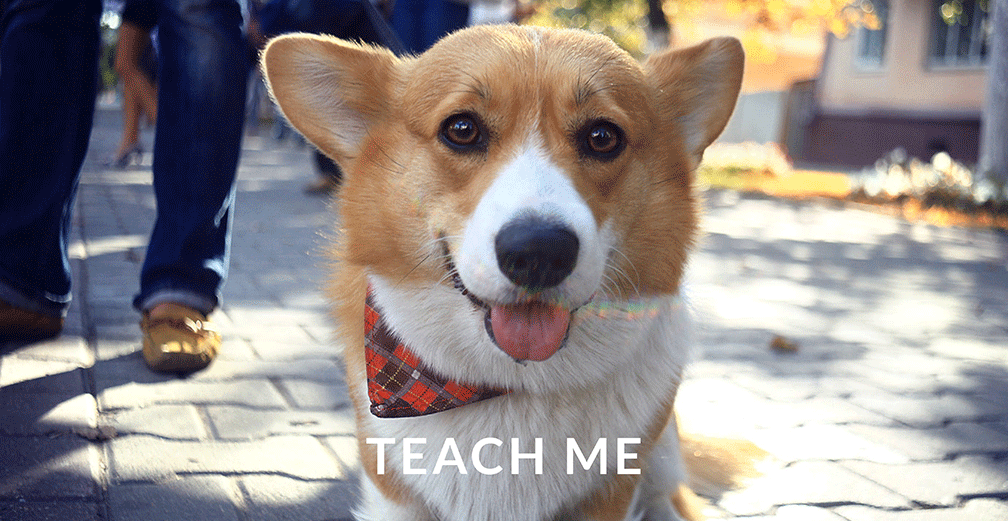











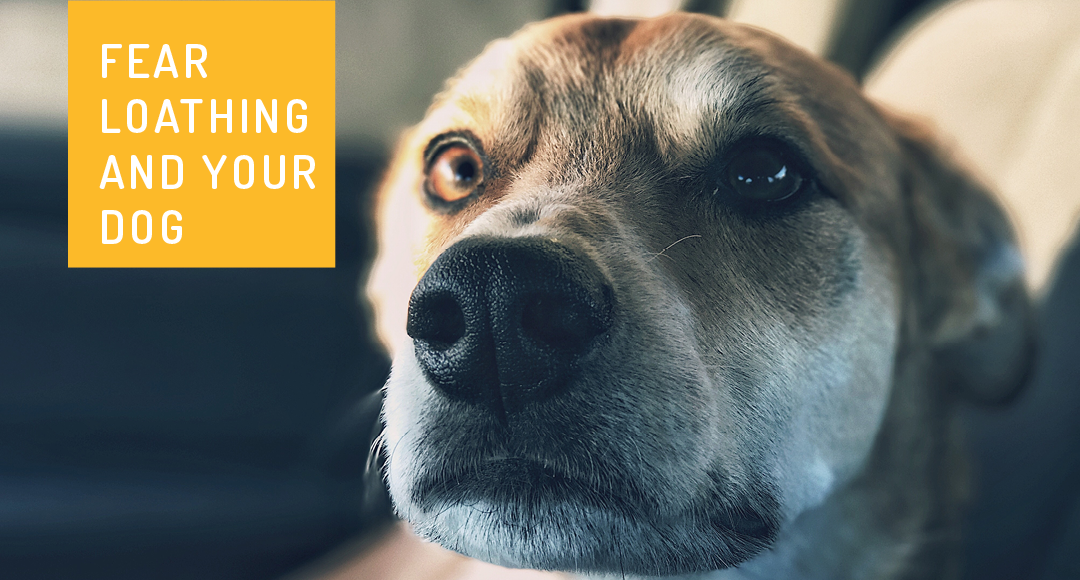
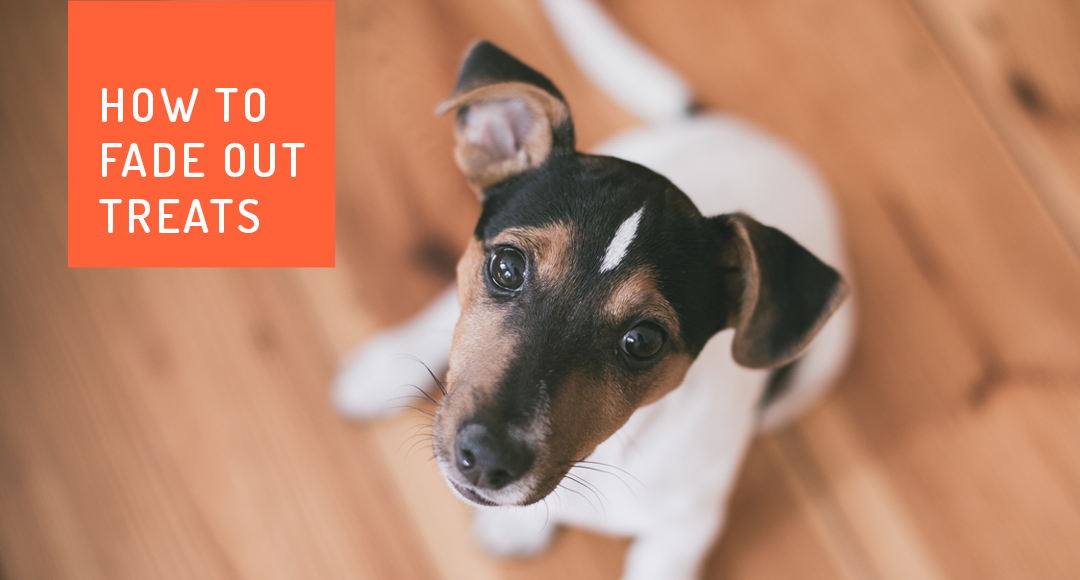

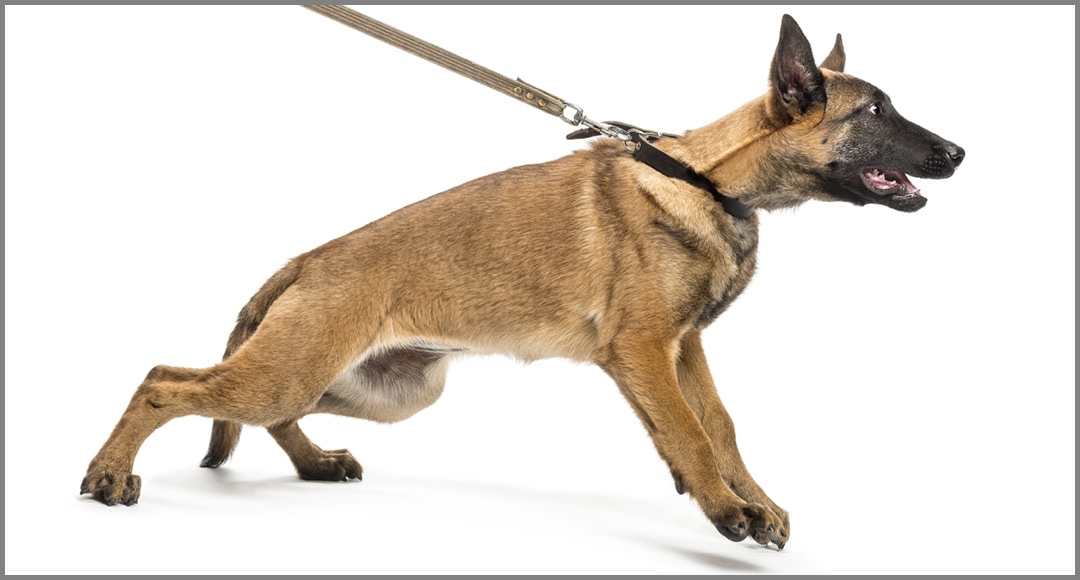
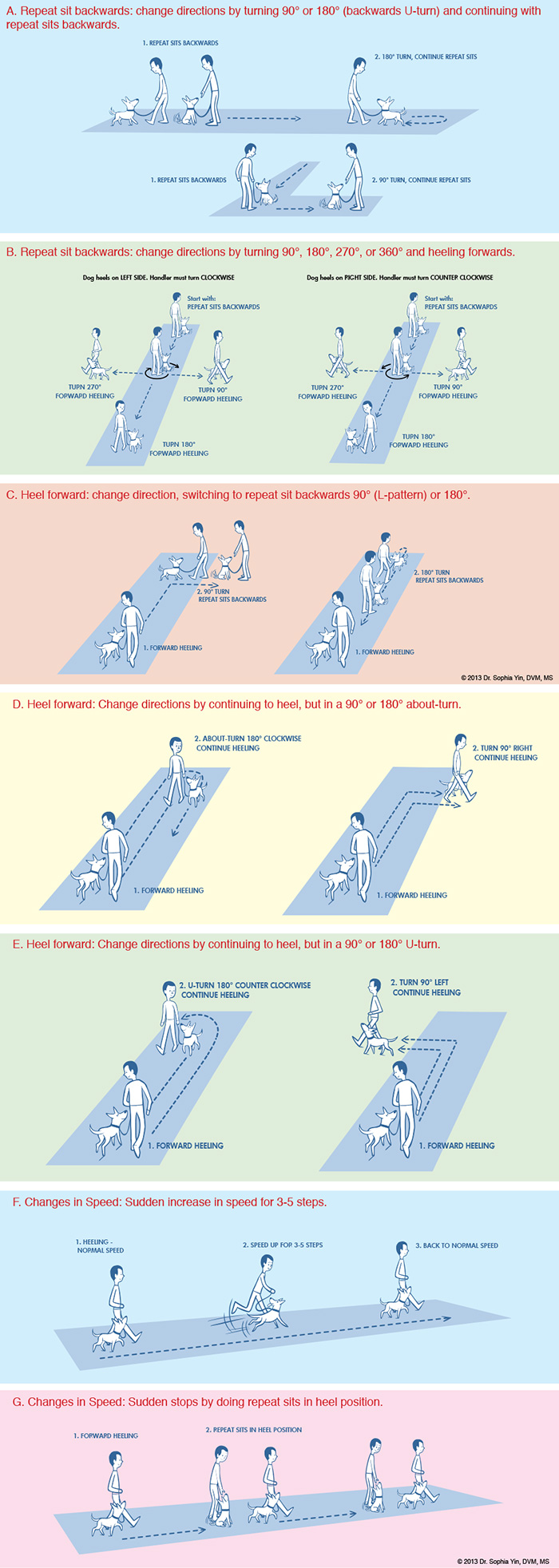









 RSS Feed
RSS Feed


